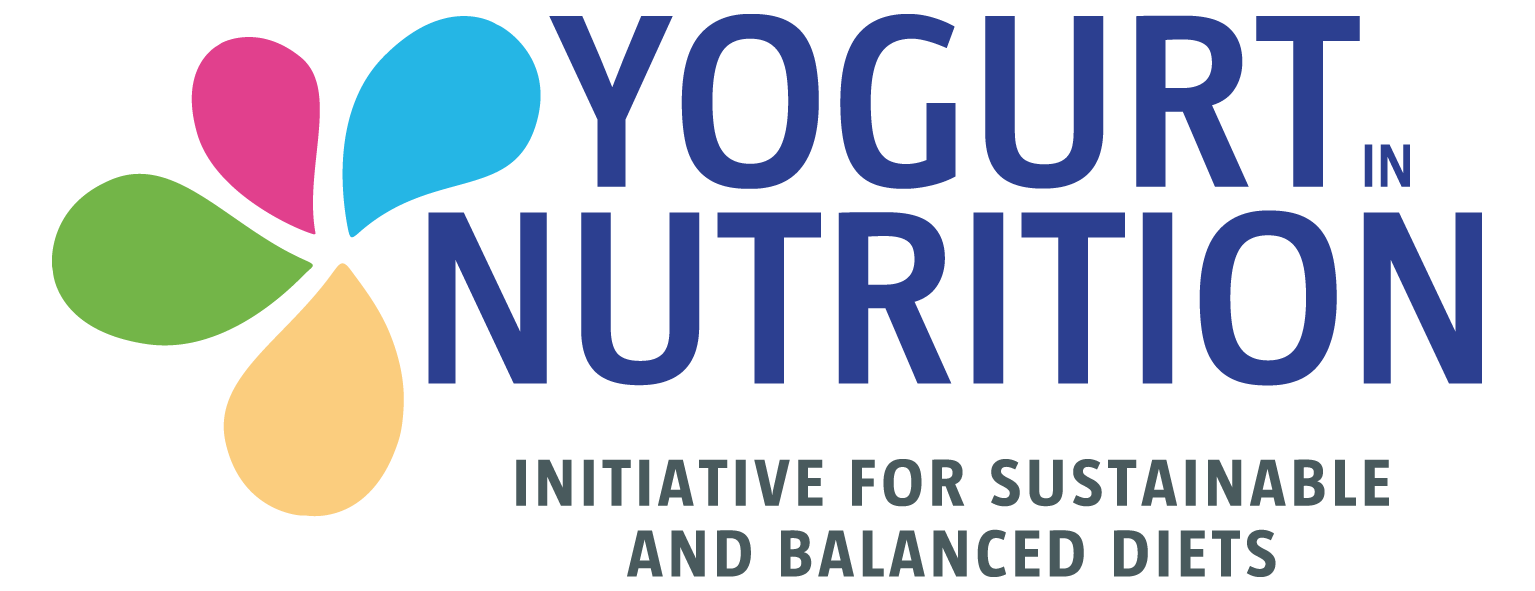Yogurt is a nutrient-dense food
Yogurt is tasty, nutrient-dense, accessible and easily digestible. It can help people to reach their daily dairy intake without excess calories. Recent studies have also shown that people, who eat yogurt, have higher intakes of essential nutrients. In adults, key findings (1,2) from cohort studies in US showed that frequent yogurt consumers had a greater intake in key nutrients (calcium, magnesium, vitamin B12, D and protein) and lower intake of total and saturated fats, compared to non-consumers. This pattern is observed in both men and women.
Yogurt and dairy consumption also increase the intake of key shortfall nutrients in British and American children (3,4), including potassium, calcium and vitamin D. Furthermore, yogurt consumption had additional favorable associations with lower total fat and saturated fat intakes, while the opposite trend was observed in consumers of dairy.
A better diet quality
Yogurt consumers have a better diet quality and showed a better compliance to the dietary guidelines. In both American adults and children, yogurt consumers had a higher Dietary Guidelines Adherence Index (DGAI) score (ie, better diet quality) than non-consumers (1,5). In another study, from Canada (6), yogurt was a contributor to the Prudent dietary pattern along with fruits, vegetables, legumes, nuts, non-hydrogenated fats, fish and other seafood. Yogurt consumers tend to eat less fast food, French fries and fried foods, processed and red meats, pizza, snacks, regular soft drinks or alcohol. Other studies conducted in France (7), have drawn to similar conclusions for both children and adults.
Last but not least, several cohort studies showed that yogurt consumption may reduce weight gain over time (8). This association seems to be independent of other lifestyle factors, but there is a potential combined effect of yogurt consumption with such factors.
Yogurt may lead healthy behaviors
Furthermore, yogurt consumption seems to be a good marker of some other healthy behaviors. In Brazil, a population-based study (9) revealed the lowest amount of yogurt intake among smokers, instead of non-smokers or ex-smokers. A fact that is in agreement with literature: smokers show lower consumption of vegetables, fruit, and dairy products (like yogurt), and their diets are higher in sugar and fat rich foods.
In addition, new unpublished data from European studies in children and adolescents unveiled that frequent yogurt consumption seems to be associated with high levels of physical activity and low levels of screen based activities in both boys and girls.
All these findings suggest that yogurt consumption might represent a global signature of a healthy diet and lifestyle.
Luis Moreno – ICD 2016 from Yogurt in Nutrition #YINI
Highlights
Latest research findings reveal main differences between yogurt consumers and non- or low-consumers in terms of diet quality and lifestyle.
- Yogurt consumers have better nutritional intakes
- Yogurt consumers have healthier dietary patterns
- Active and low sedentary children and adolescents consume more yogurt, especially boys.
This is why experts suggest, today, that yogurt consumption can be viewed as a signature of a healthy diet and lifestyle.
*International Congress of Dietetics – Yini Symposium – Are we underestimating the health effects of yogurt – Palace of Congresses of Granada – Spain – 7th of September from 5:15-7:15 PM
References:
Wang H. et al., Nutr Res., 2013 Jan; 33(1): 18-26.
Panahi S, Tremblay A. J Am Coll Nutr 2016; Published online: 22 June 2016
Williams EB et al. Nutr Bull 2015; 40: 9-32
Keast D.R. et al., Nutrients, 2015, 7, 1577-1593.
Zhu Y et al. Eur J Nutr 2015; 54: 543-550
Cormier H et al. Eur J Nutr 2016, 55, 577-587
Lecerf JM et al. Nutr Clin Metab 2016; 30: 11-21
Mozaffarian D et al. NEJM 2011; 364: 2392-2404
Possa G et al. Nutr Res 2015; 35: 700-706
SOCIAL MEDIA: Follow the conversation at @yogurtnutrition and by using #yogurt2016





